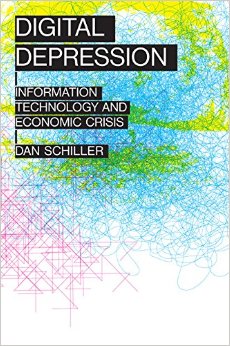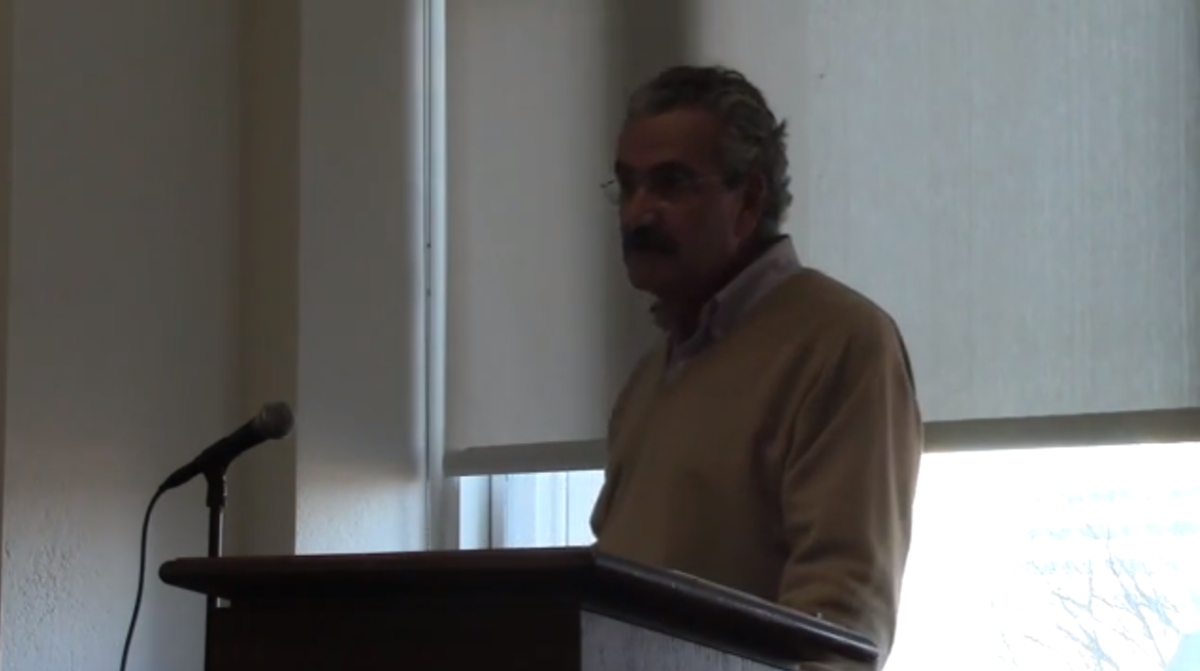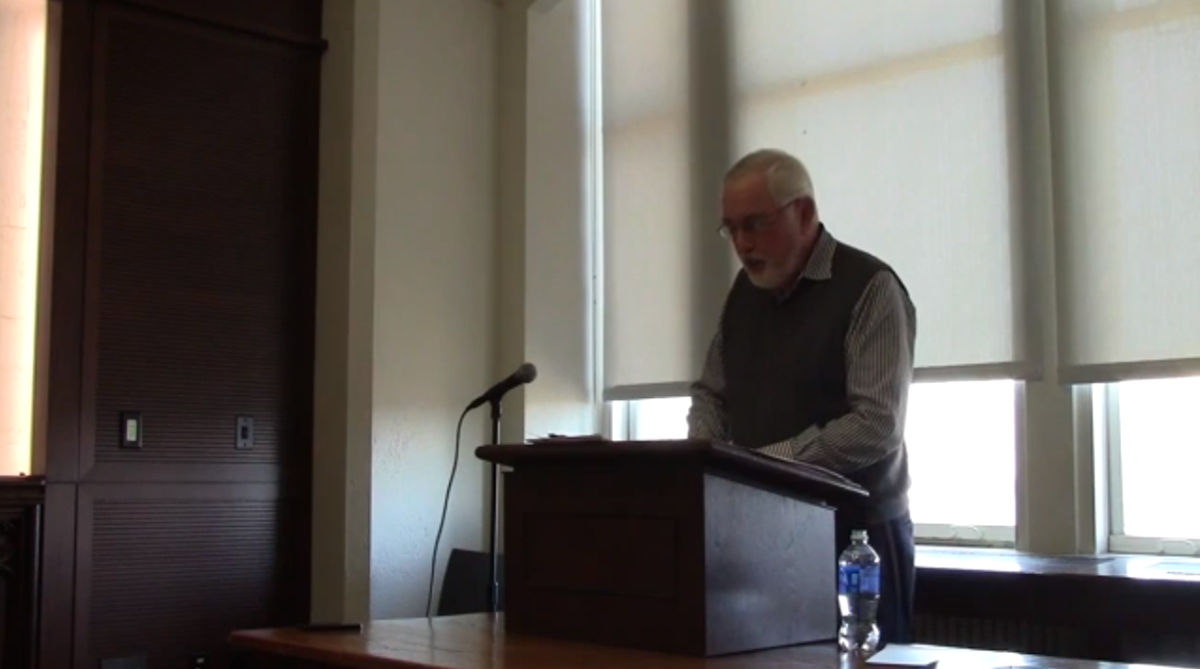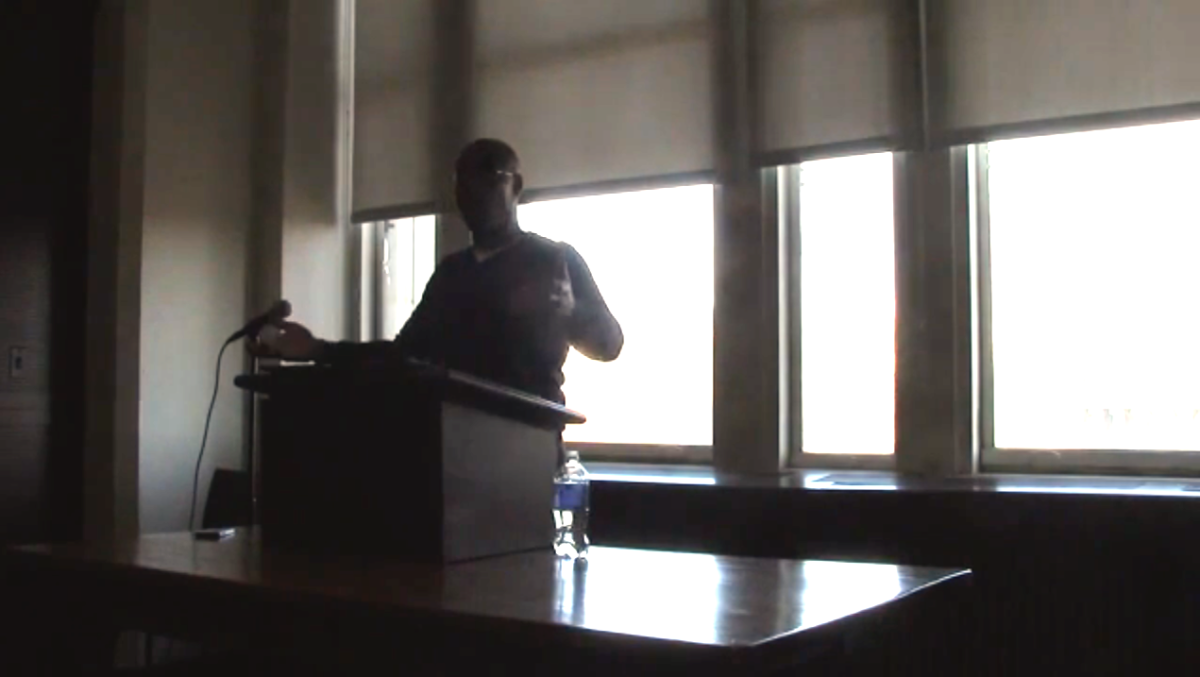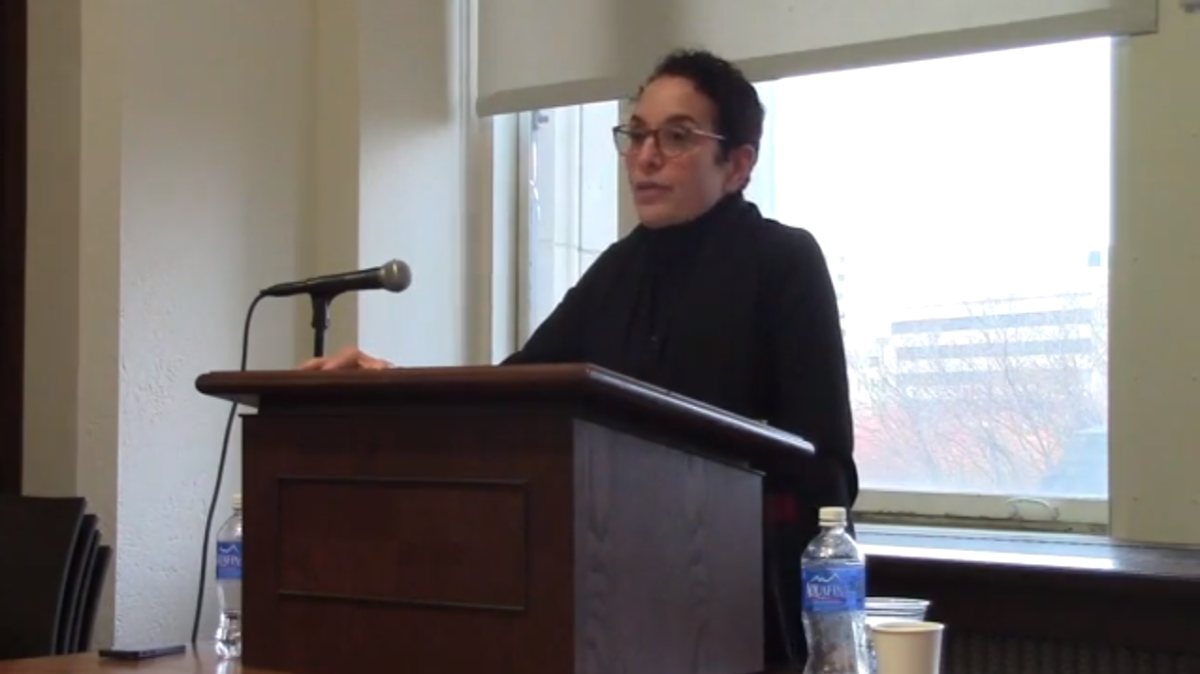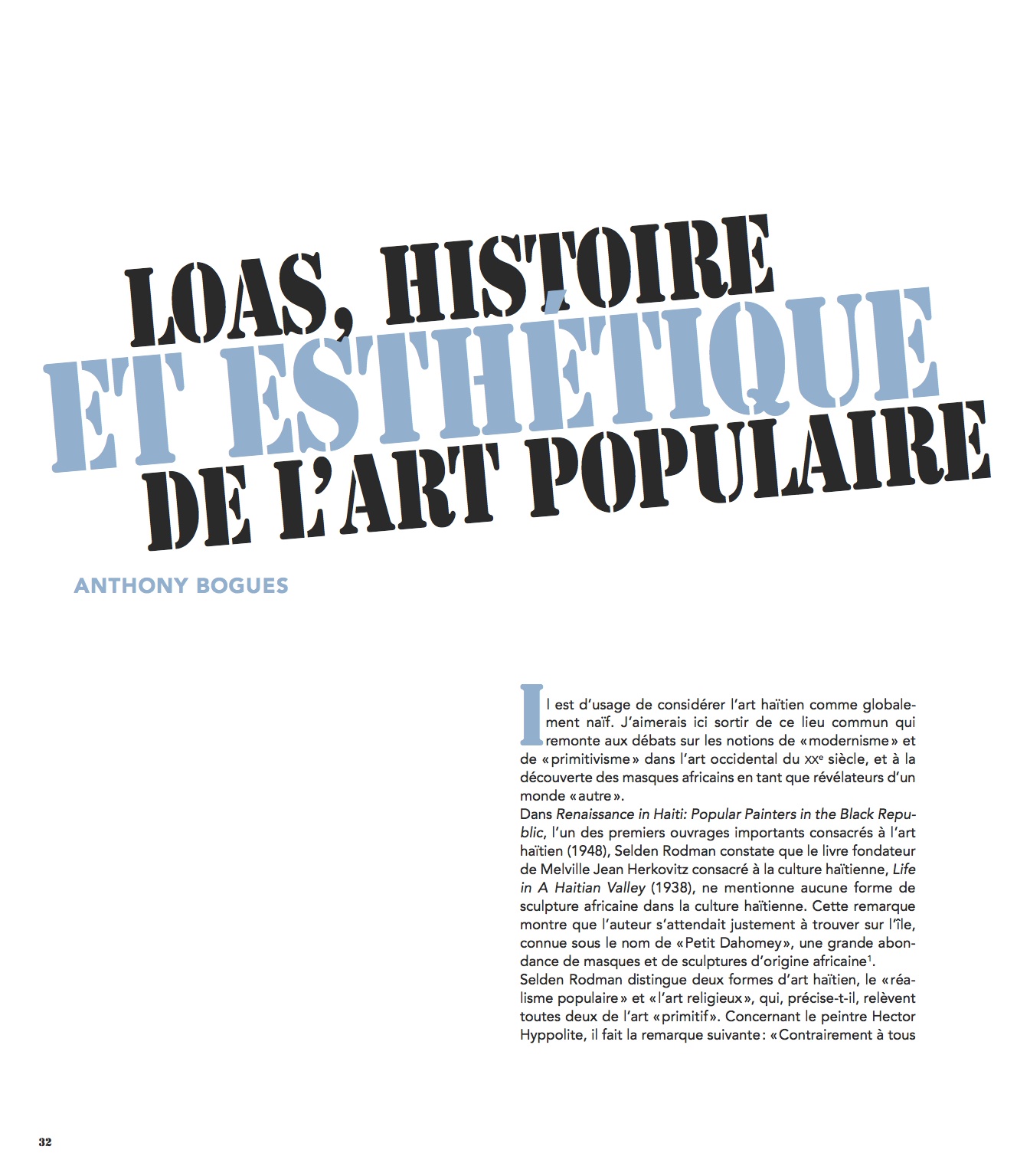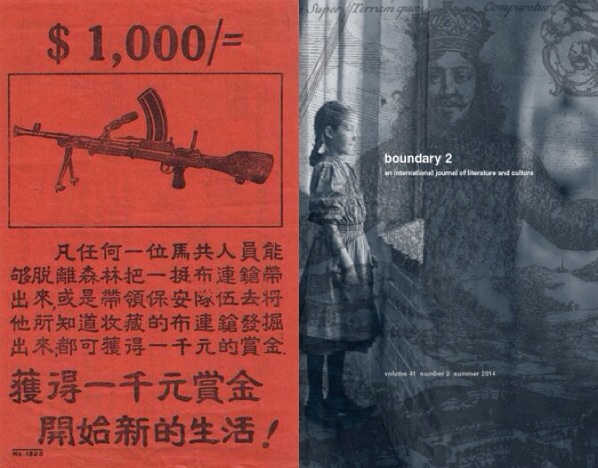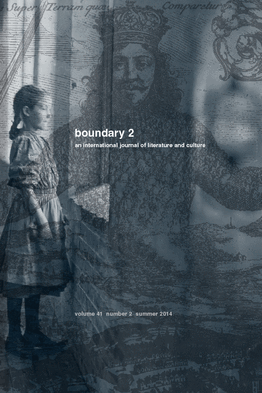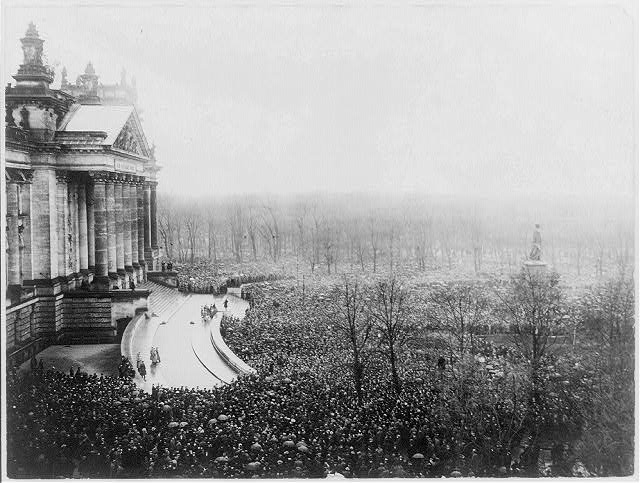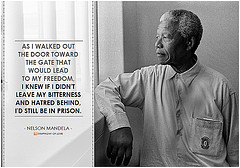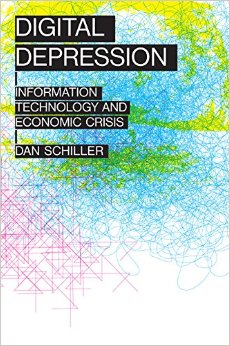 a review of Dan Schiller, Digital Depression: Information Technology and Economic Crisis (University of Illinois Press, 2014)
a review of Dan Schiller, Digital Depression: Information Technology and Economic Crisis (University of Illinois Press, 2014)
by Richard Hill
~
Disclosure: the author of this review is mentioned in the Acknowledgements section of the reviewed book.
Computers and telecommunications have revolutionized and disrupted all aspects of human activity, and even behavior. The impacts are broad and profound, with important consequences for governments, businesses, non-profit activities, and individuals. Networks of interconnected computer systems are driving many disruptive changes in business practices, information flows, and financial flows. Foremost amongst those networks is the Internet, much of which is global, or at least trans-national.
According to some, the current governance arrangement for the Internet is nearly ideal. In particular, its global multi-stakeholder model of governance has resulted in a free and open Internet, which has enabled innovation and driven economic growth and well-being around the world. Others are of the view that things have not worked out that well. In particular, the Internet has resulted in mass surveillance by governments and by private companies, in monopolization, commodification and monetization of information and knowledge, in inequitable flows of finances between poor and rich countries, and in erosion of cultural diversity; further, those with central positions of influence have used it to consolidate power and to establish a new global regime of control and exploitation, under the guise of favoring liberalization, while in reality reinforcing the dominance and profitability of major corporations at the expense of the public interest, and the overarching position of certain national interests at the expense of global interests and well being. [1]
Dan Schiller’s book helps us to understand how rational and well-informed people can hold such diametrically opposing views. Schiller dissects the history of the growth of recent telecommunications networks and shows how they have significantly (indeed, dramatically) affected economic and political power relations around the world. And how, at the same time, US policies have consistently favored capital over labor, and have resulted in transfers of vast sums from developing countries to developed countries (in particular through interest on loans).
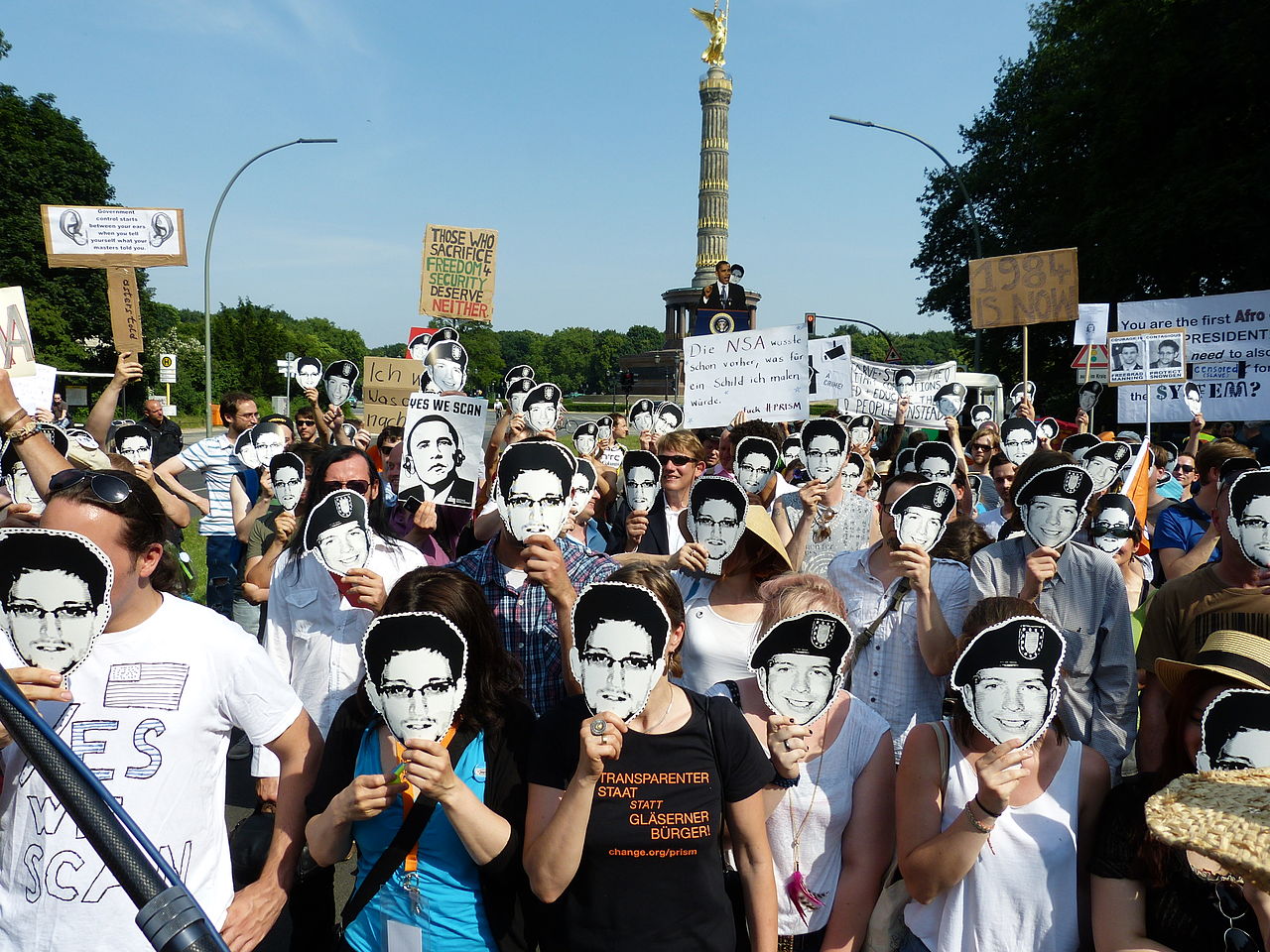
Schiller documents in some detail how US policies that ostensibly promote the free flow of information around the world, the right of all people to connect to the Internet, and free speech, are in reality policies that have, by design, furthered the geo-economic and geo-political goals of the US, including its military goals, its imperialist tendencies, and the interests of large private companies based (if not always headquartered, at least for tax purposes) in the US. For example, strict copyright protection is held to be consistent with the free flow of information, as is mass surveillance. Cookies and exploitation of users’ personal data by Internet companies are held to be consistent with privacy rights (indeed, as Schiller shows, the US essentially denies the existence of the right to personal privacy for anything related to the Internet). There should be no requirements that data be stored locally, lest it escape the jurisdiction of the US surveillance apparatus. And very high profits and dominant positions in key Internet markets do not spark anti-trust or competition law investigations, as they might in any other industry.
As Schiller notes, great powers have historically used communication systems to further their economic and strategic interests, so why should the US not so use the Internet? Thus stated, the matter seems obvious. But the matter is rarely thus stated. On the contrary, the Internet is often touted as a generous gift to the world’s people, able to lift them out of poverty and oppression, and to bring them the benefits of democracy and (or) free markets. Schiller’s carefully researched analysis is thus an important contribution.
Schiller provides context by tracing the origins of the current financial and economic crises, pointing out that it is paradoxical that growing investments in Information and Communication Technologies (ICTs), and the supposed resultant productivity gains, did not prevent a major global economic crisis. Schiller explains how transnational corporations demanded liberalization of the terms on which they could use their private networks, and received then, resulting in profound changes in commodity chains, that is, the flow of production of goods and services. In particular, there has been an increase in transnational production, and this has reinforced the importance of transnational corporations. Further, ICTs have changed the nature of labor’s contribution to production, enabling many tasks to be shifted to unskilled workers (or even to consumers themselves: automatic teller machines (ATMs), for example, turn each of us into a bank clerk). However, the growth of the Internet did not transcend the regular economy: on the contrary, it was wrapped into the economy’s crisis tendencies and even exacerbated them.
Schiller gives detailed accounts of these transformations in the automotive and financial industries, and in the military. The study of the effect of ICTs on the military is of particular interest considering that the Internet was originally developed as a military project, and that it is currently used by US intelligence agencies as a prime medium for the collection of information.
Schiller then turns to telecommunications, explaining the very significant changes that took place in the USA starting in the late 1970s. Those changes resulted in a major restructuring of the dominant telecommunications playing field in the US and ultimately led to the growth of the Internet, a development which had world-wide effects. Schiller carefully describes the various US government actions that initiated and nurtured those changes, and that were instrumental in exporting similar changes to the rest of the world.
Next, he analyzes how those changes affected and enabled the production of the networks themselves, the hardware used to build the networks and to use them (e.g. smartphones), and the software and applications that we all use today.
Moving further up the value chain, Schiller explains how data-mining, coupled with advertising, fuels the growth of the dominant Internet companies, and how this data-mining is made possible only by denying data privacy, and how states use the very same techniques to implement mass surveillance.
Having described the situation, Schiller proceeds to analyze it from economic and political perspectives. Given that the US was an early adopter of the Internet, it is not surprising that, because of economies of scale and network effects, US companies dominate the field (except in China, as Schiller explains in detail). Schiller describes how, given the influence of US companies on US politics, US policies, both domestic and foreign, are geared to allowing, or in fact favoring, ever-increasing concentration in key Internet markets, which is to the advantage of the US and its private companies–and despite the easy cant about decentralization and democratization.
The book describes how the US views the Internet as an extraterritorial domain, subject to no authority except that of the US government and that of the dominant US companies. Each dictates its own law in specific spheres (for example, the US government has supervised, up to now, the management of Internet domain names and addresses; while US companies dictate unilateral terms and conditions to their users, terms and conditions that imply that users give up essentially all rights to their private data).
Schiller describes how this state of affairs has become a foreign policy objective, with the US being willing to incur significant criticism and to pay a significant political price in order to maintain the status quo. That status quo is referred to as “the multi-stakeholder model”, in which private companies are essentially given veto power over government decisions (or at least over the decisions of any government other than the US government), a system that can be referred to as “corporatism”. Not only does the US staunchly defend that model for the Internet, it even tries to export it to other fields of human activity. And this despite, or perhaps because, that system allows companies to make profits when possible (in particular by exploiting state-built infrastructure or guarantees), and to transfer losses to states when necessary (as for example happened with the banking crisis).
Schiller carefully documents how code words such as “freedom of access” and “freedom of speech” are used to justify and promote policies that in fact merely serve the interests of major US companies and, at the same time, the interests of the US surveillance apparatus, which morphed from a cottage industry into a major component of the military-industrial complex thanks to the Internet. He shows how the supposed open participation in key bodies (such as the Internet Engineering Task Force) is actually a screen to mask the fact that decisions are heavily influenced by insiders affiliated with US companies and/or the US government, and by agencies bound to the US as a state.
As Schiller explains, this increasing dominance of US business and US political imperialism have not gone unchallenged, even if the challenges to date have mostly been rhetorical (again, except for China). Conflicts over Internet governance are related to rivalries between competing geo-political and geo-economic blocks, rivalries which will likely increase if economic growth continues to be weak. The rivalries are both between nations and within nations, and some are only emerging right now (for example, how to tax the digital economy, or the apparent emerging divergence of views between key US companies and the US government regarding mass surveillance).
Indeed, the book explains how the challenges to US dominance have become more serious in the wake of the Snowden revelations, which have resulted in a significant loss of market share for some of the key US players, in particular with respect to cloud computing services. Those losses may have begun to drive the tip of a wedge between the so-far congruent goals of US companies and the US government
In a nutshell, one can sum up what Schiller describes by paraphrasing Marx: “Capitalists of the world, unite! You have nothing to lose but the chains of government regulation.” But, as Schiller hints in his closing chapter, the story is still unfolding, and just as things did not work out as Marx thought they would, so things may not work out as the forces that currently dominate the Internet wish they will. So the slogan for the future might well be “Internet users of the world, unite! You have nothing to lose but the chains of exploitation of your personal data.”
This book, and its extensive references, will be a valuable reference work for all future research in this area. And surely there will be much future research, and many more historical analyses of what may well be some of the key turning points in the history of mankind: the transition from the industrial era to the information era and the disruptions induced by that transition.
_____
Richard Hill, an independent consultant based in Geneva, Switzerland, was formerly a senior official at the International Telecommunication Union (ITU). He has been involved in internet governance issues since the inception of the internet and is now an activist in that area, speaking, publishing, and contributing to discussions in various forums. Among other works he is the author of The New International Telecommunication Regulations and the Internet: A Commentary and Legislative History (Springer, 2014). An earlier version of this review first appeared on Newsclick.
Back to the essay
_____
1. From item 11 of document WSIS+10/4/6 of the preparatory process for the WSIS+10 High Level Event, which provided “a special platform for high-ranking officials of WSIS (World Summit on the Information Society) stakeholders, government, private sector, civil society and international organizations to express their views on the achievements, challenges and recommendations on the implementation” of various earlier internet governance initiatives backed by the International Telecommunications Union (ITU), the United Nations specialized agency for information and communications technologies, and other participants in the global internet governance sphere.
